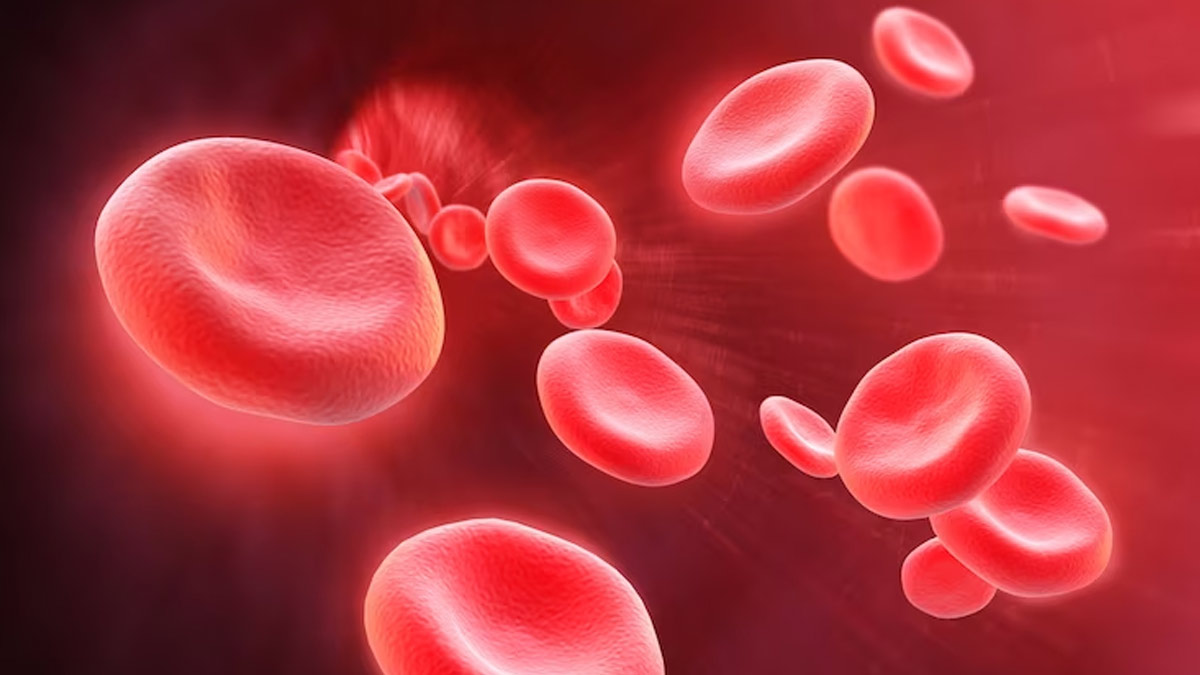
Recognising the symptoms of a blood clot is important since they can lead to serious health complication if not disintegrated on time.
Blood clots can induce various symptoms depending on where they are located in the body. Following are some common indications and symptoms of a blood clot:
Table of Content:-
Swelling
According to the Agency for Healthcare Research and Quality (AHRQ), the symptoms of a blood clot in a person's leg include swelling, flushed skin, pain in the leg, and a feeling of warm sensation when touched. As per the Centers for Disease Control and Prevention (CDC), a disease called deep vein thrombosis occurs when a blood clot forms in a bigger vein, such as the lower leg (DVT).
Pain In The Area Of the clot
In the case of thrombophlebitis, a blood clot can form in your veins as a result of inherited blood clotting or staying immobile for an extended period, such as following an injury or hospital stay.
According to the Mayoclinic website, a red, strong cord beneath the skin's surface may appear when a vein near the skin's surface is injured. Swelling, discomfort, and pain can occur when a deep vein in the leg is affected.
Warmth And Redness In The Skin
With the increased blood flow due to a clot, a specific skin area may feel warm to the touch. This occurs when the body is attempting to deal with an illness.
Also read: Risk Of Blood Clots Can Increase After COVID-19 Infection: Study
Visible veins
When blood clots form in the veins, it can cause the veins to become more visible. This is because the clot can block off the vein, forcing the blood to back up and pool in an area, making the vein appear more prominent.

Shortness Of Breath
Shortness of breath due to blood clots, also known as pulmonary embolism, is a potentially life-threatening condition that can occur when a blood clot travels to the lungs and blocks an artery. There is a sudden onset of chest pain, rapid heart rate, and coughing up blood in case of pulmonary embolism. You must seek medical attention immediately if you experience any of these symptoms. Treatment for pulmonary embolism typically involves medications to dissolve the clot and anticoagulants to prevent new clots from forming.

Dizziness Or Fainting
A research paper in the National centre for biotechnology and information says blood clotting can cause dizziness or fainting because it can reduce the amount of oxygenated blood that reaches the brain. When the brain does not receive enough oxygen, it can lead to feelings of lightheadedness, dizziness, or even fainting. Blood clots can also cause dizziness if they block the flow of blood to the brain, as this can disrupt the normal flow of oxygen.

Also read: Blood Clots During Periods: Know Reason From Expert
If you experience any of these symptoms, it is important to seek medical attention. A blood clot can be dangerous if it travels to the lungs, heart, or brain and blocks blood flow.
Image credit-- FreePik
Also watch this video
How we keep this article up to date:
We work with experts and keep a close eye on the latest in health and wellness. Whenever there is a new research or helpful information, we update our articles with accurate and useful advice.
Current Version